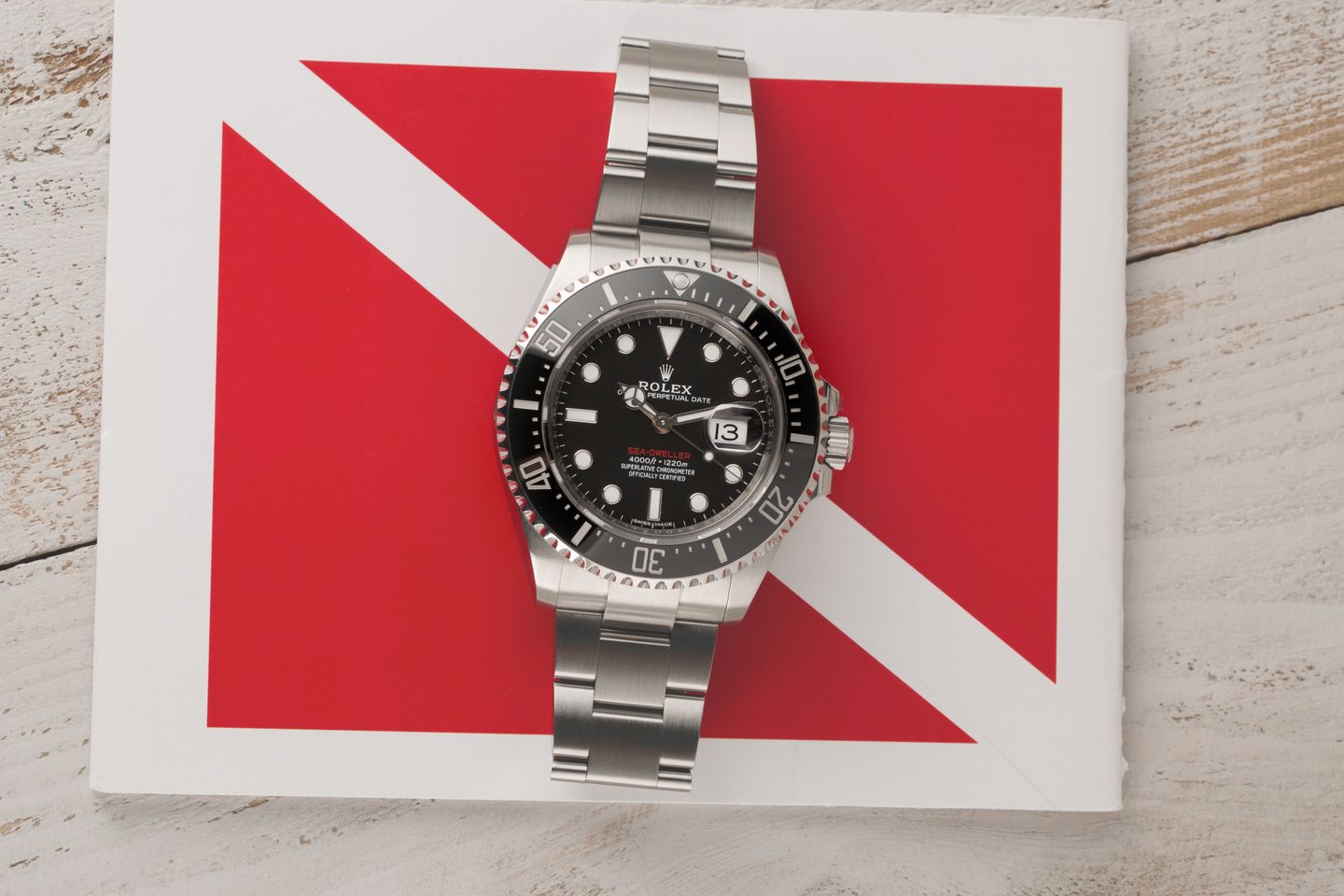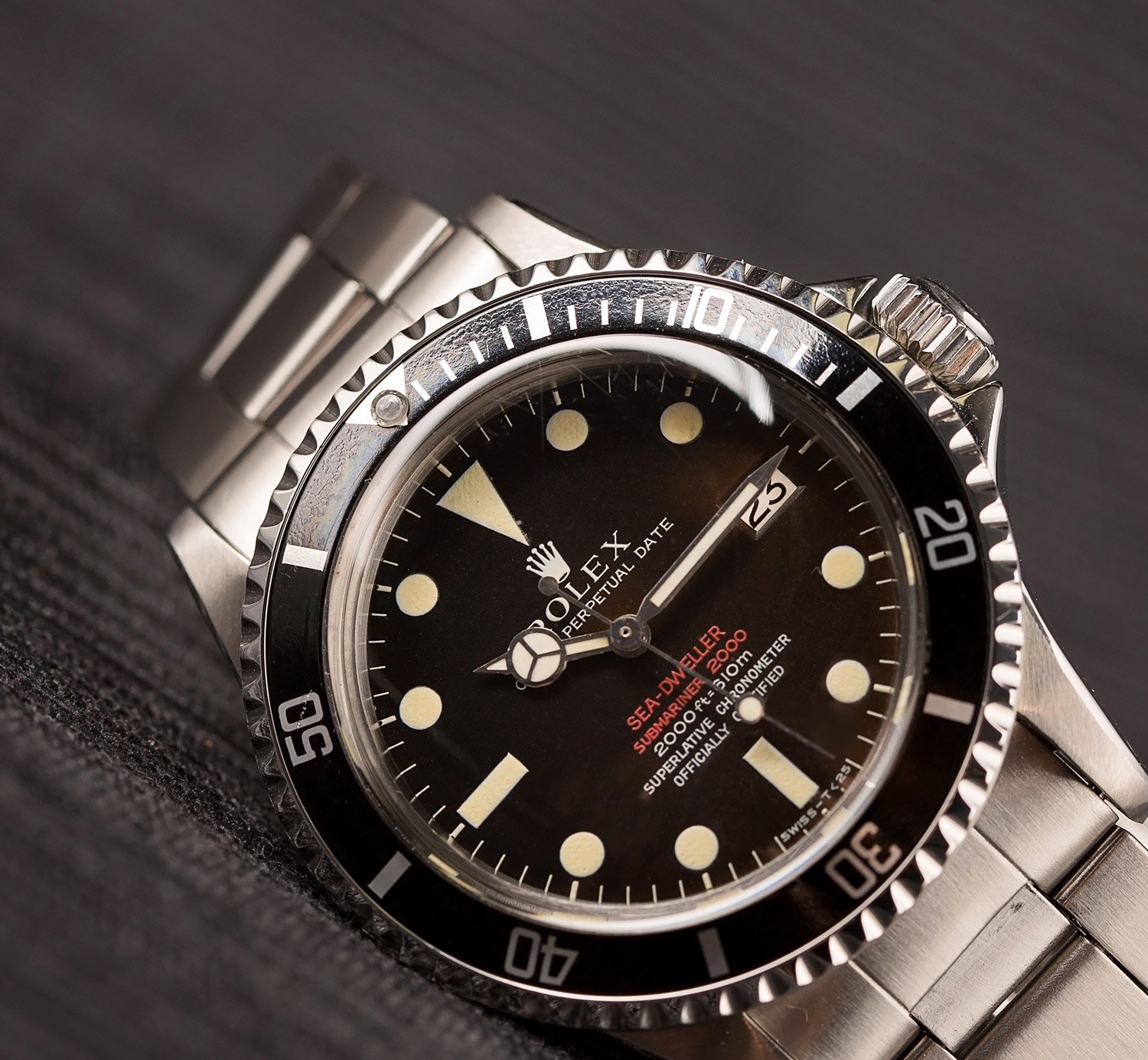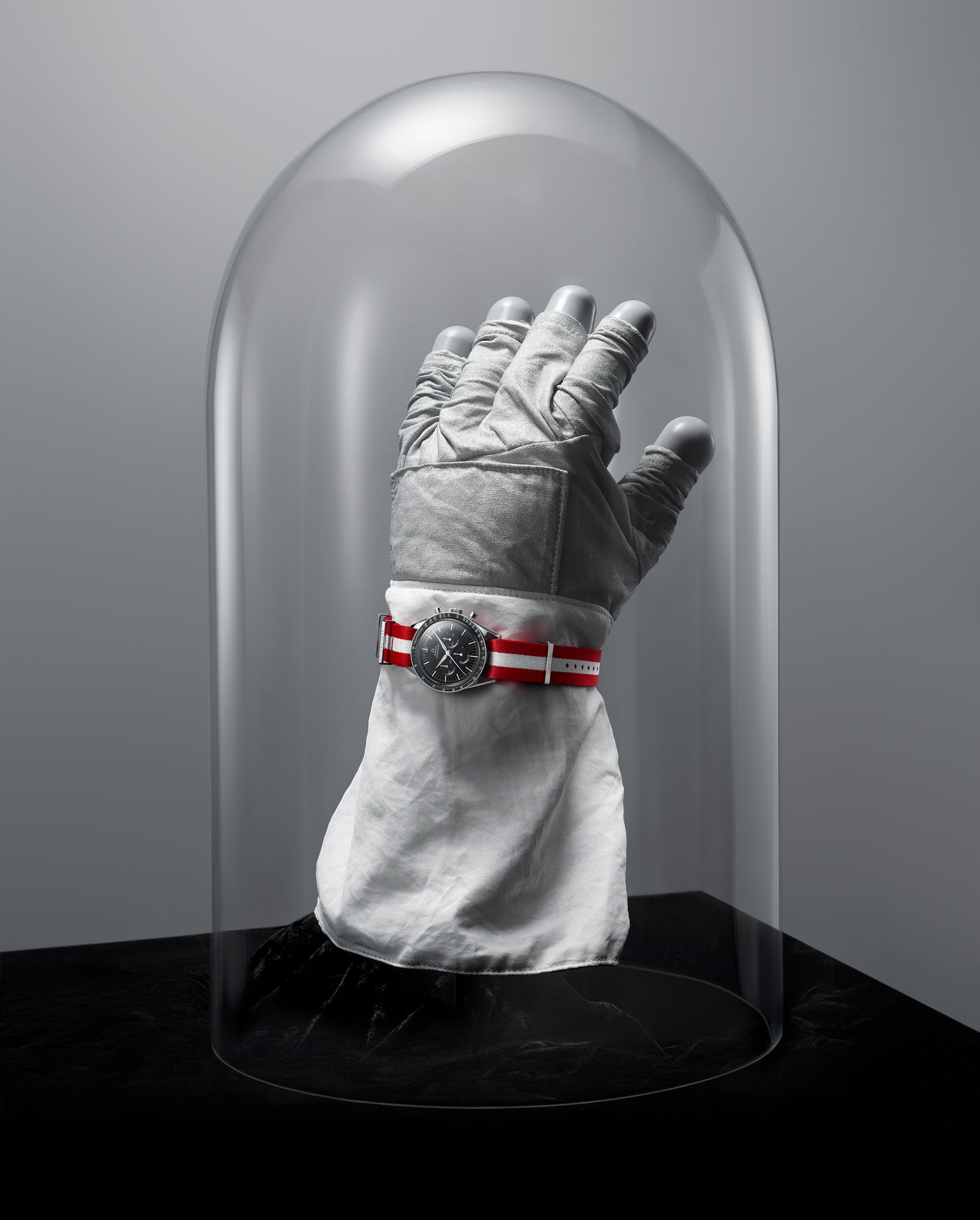Most luxury watch brands have at least one diving watch within their catalog – regardless of if they actually ever used for scuba diving. The demand for high-end sports watches is at an all-time high and the aesthetics of a diver is hard to resist. Typically generously sized, equipped with unidirectional bezels, and housing exceptionally luminescent dials, these highly waterproof watches are popular with today’s consumers. And two of the most well-known dive watches come from Rolex and Omega. Let’s have a look at Rolex Sea-Dweller vs. Omega Planet Ocean
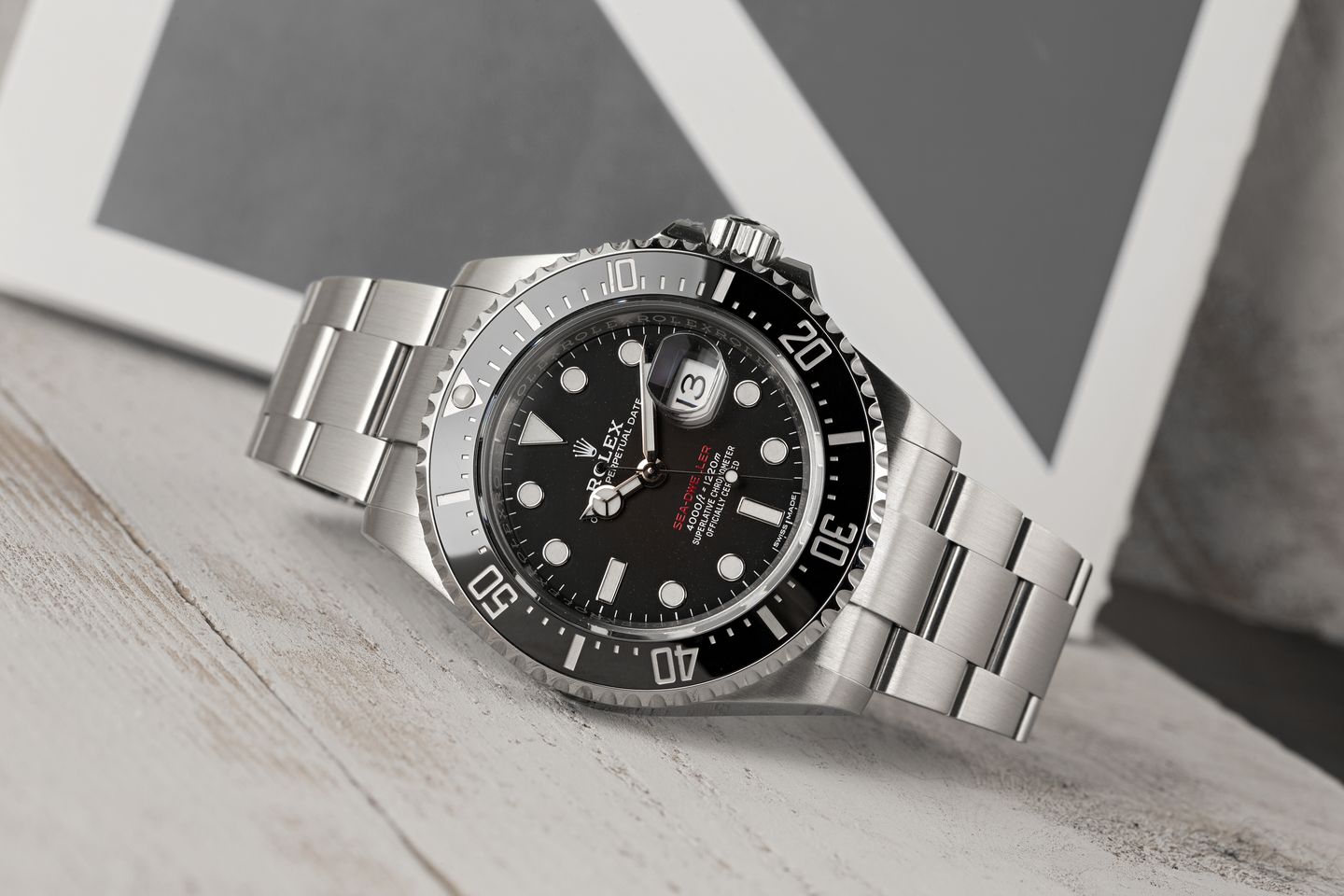
Design: Rolex Sea-Dweller vs. Omega Planet Ocean
For this comparison, the Omega Planet Ocean 600M ref. 232.30.46.21.01.003 will be pitted against the Rolex Sea-Dweller ref. 126600. While this generation of the Planet Ocean was originally released in 2011 and has since been discontinued, the ref. 126600 Sea-Dweller first made an appearance in 2017 and still remains part of Rolex’s contemporary catalog
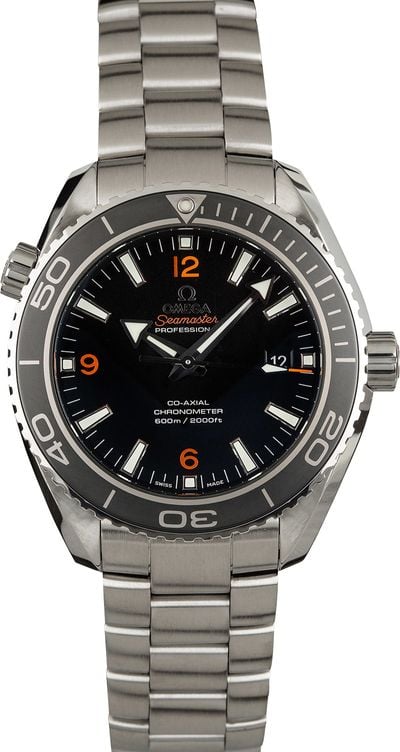
In terms of design, the Planet Ocean sports a large 45.5mm steel case along with a protruding helium escape valve at 10 o’clock. On the other hand, the Sea-Dweller sports a slightly smaller steel case, measuring 43mm and its helium escape valve sits flush with the case surface.
Both the Rolex Sea-Dweller and the Omega Planet Ocean have black ceramic bezels – unidirectional of course, since these are dive watches. To match their bezels, the pair of dive watches house black dials with small pops of bright color. Omega opts for some orange accents for the “Seamaster” name and the 6/9/12 numerals, while Rolex simply chooses to have the Sea-Dweller name appear in red letters.
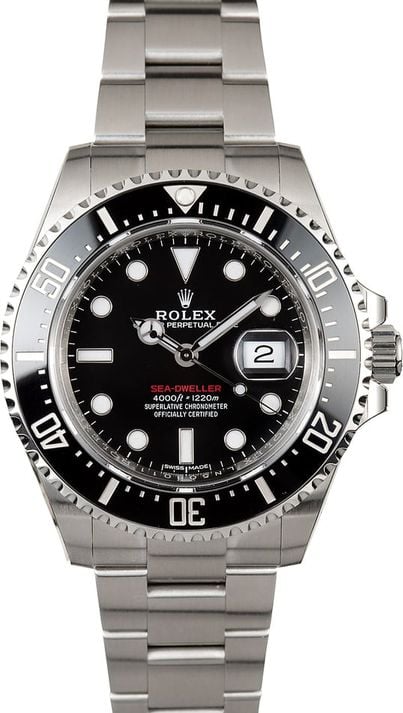
Additionally, both of these dive watches include famous hand styles: the Omega Broad-Arrow hands and the Rolex Mercedes-Style hands. Naturally, there’s plenty of lume on the two watches to aid with low-light visibility. The Chromalight used on the Sea-Dweller glows blue in the dark, while Omega opted for the use of two different colors of Super-LumiNova on the Planet Ocean – the minute hand and zero marker on the bezel glow green, while the rest of the hands and hour markers have a blue glow to them.
Lastly, both the Rolex Sea-Dweller and the Omega Planet Ocean are fitted with stainless steel bracelets, complete with diver’s extensions to accommodate the use of thick wetsuits.
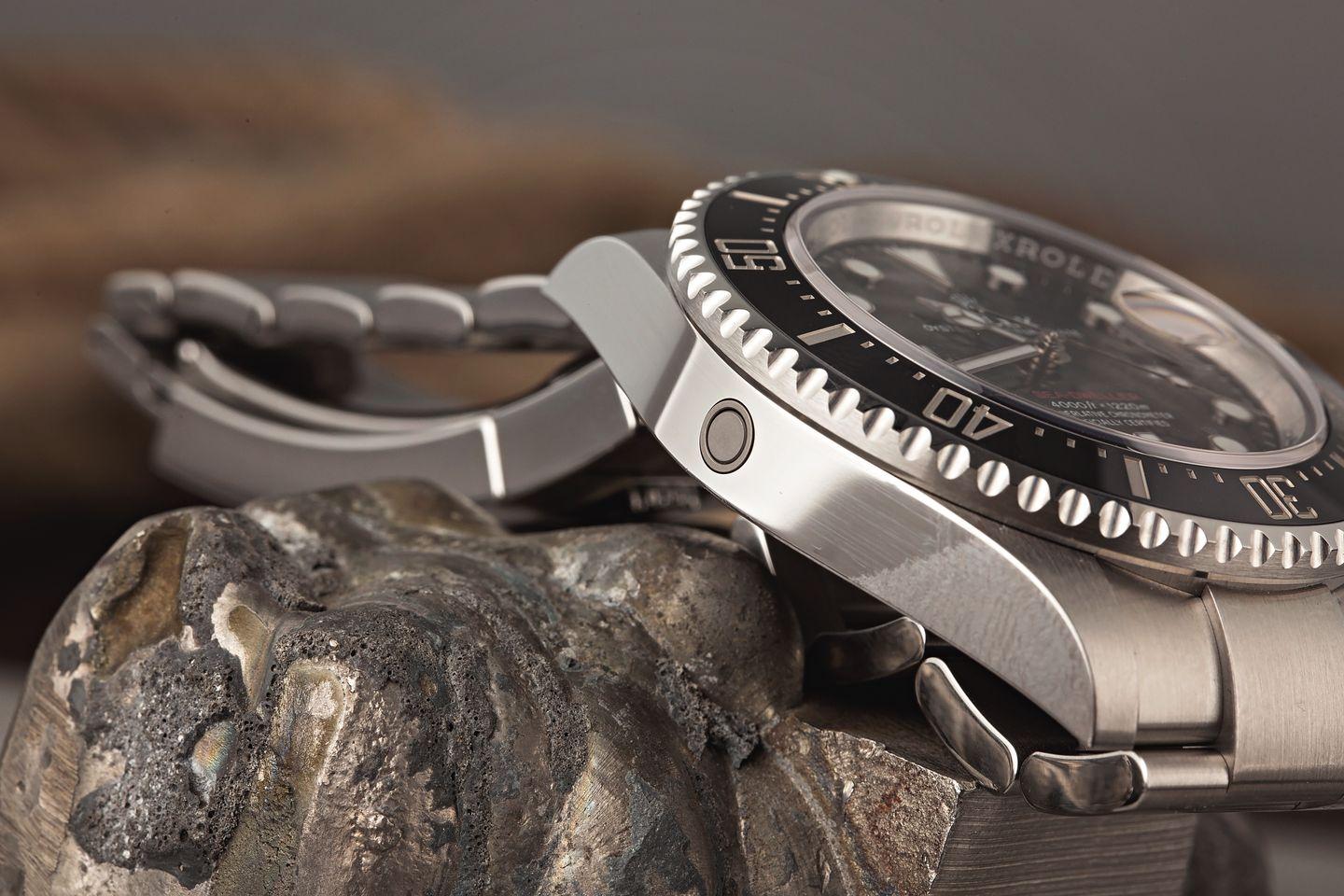
Functionality: Rolex Sea-Dweller vs. Omega Planet Ocean
As serious diving watches, the water resistance ratings of the watches are proudly displayed on their dials. The Omega Planet Ocean is waterproof to 600 meters or 1,969 feet, while the Rolex Sea-Dweller boasts more than double the water resistance, and is rated to 1,220 meters or 4000 feet.
The Sea-Dweller and the Planet Ocean are both time and date dive watches, and both feature date windows at 3 o’clock on their dials. Additionally, while both watches are fitted with scratch-resistant sapphire crystals, the crystal on the Sea-Dweller has Rolex’s signature Cyclops magnification lens, while the Planet Ocean does not.
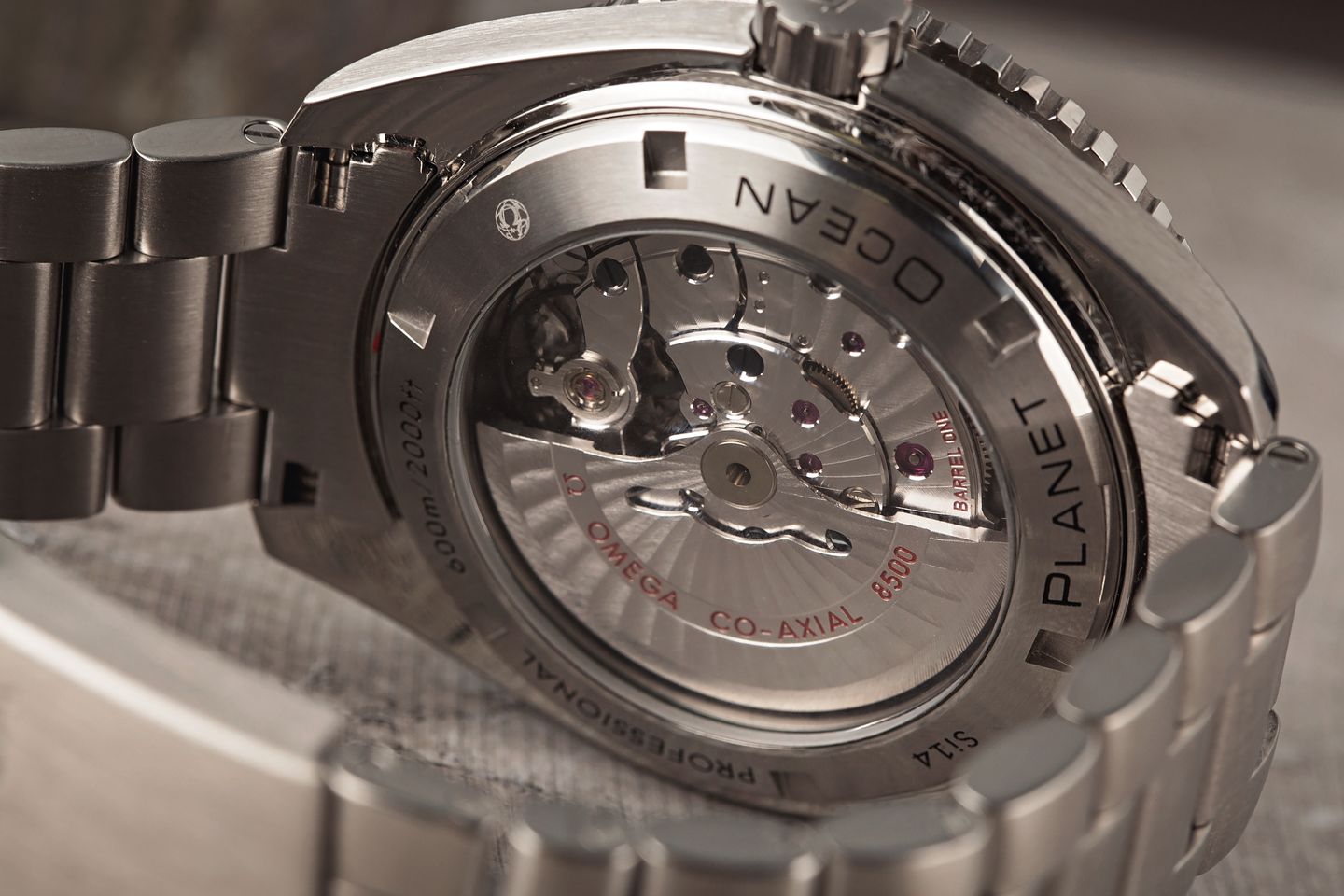
Turn the Planet Ocean 600M watch around, and you’ll see a sapphire crystal caseback to permit a view of the in-house Caliber 8500 movement inside the watch, which is beautifully decorated with Geneva waves. Offering a power reserve of 60 hours, the automatic Cal. 8500 is fitted with Omega’s famous Co-Axial escapement along with an anti-magnetic Si14 silicon balance spring.
Conversely, like all modern Rolex watches, the Sea-Dweller’s movement is hidden behind a solid screw-down caseback. The Sea-Dweller ref. 126600 runs on Rolex’s new generation of in-house self-winding movements – the Caliber 3235, which is equipped with Rolex’s highly-efficient Chronergy escapement that offers users a power reserve of 70 hours.
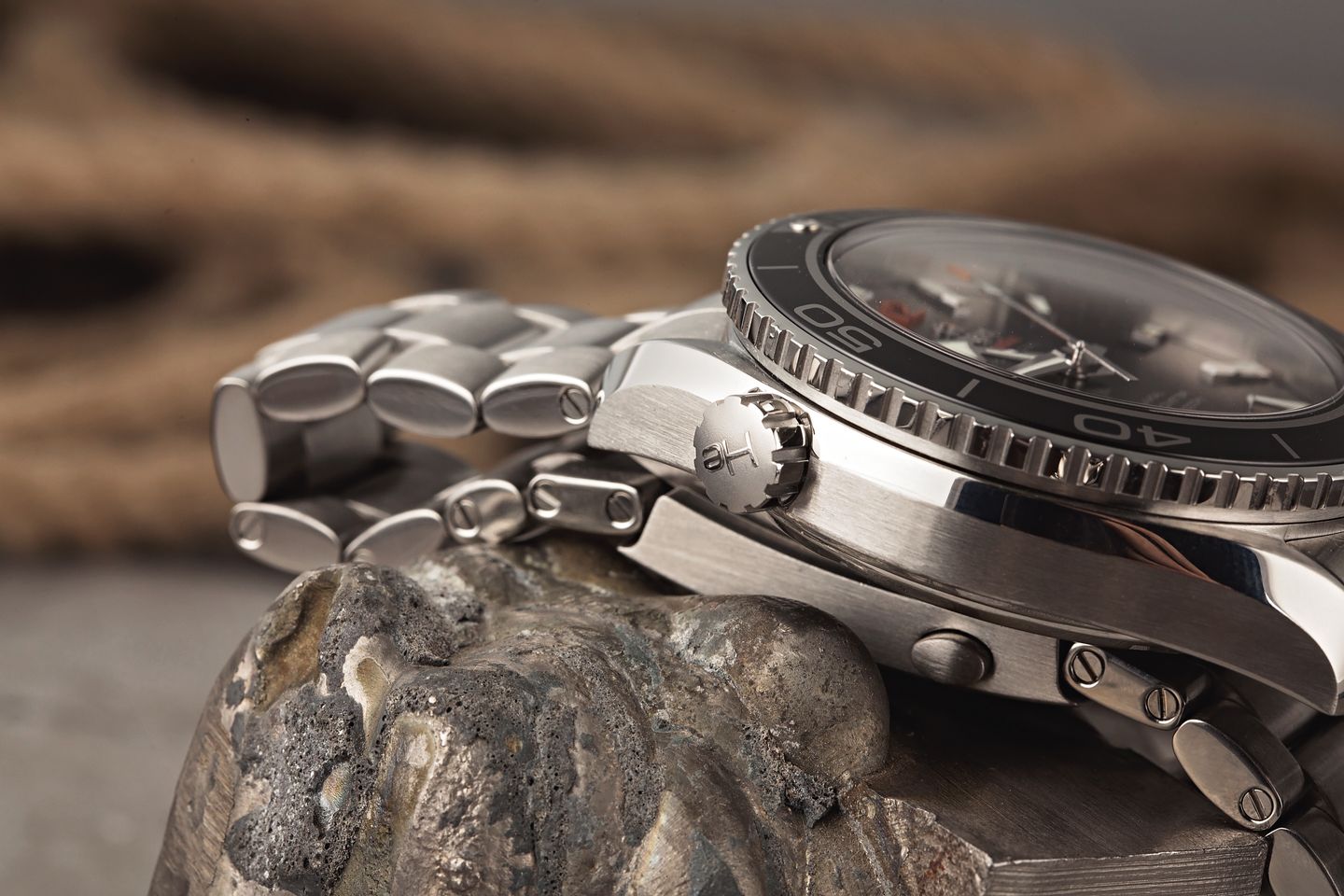
Value: Rolex Sea-Dweller vs. Omega Planet Ocean
In summary, the Omega Planet Ocean ref. 232.30.46.21.01.003 is larger and offers a slightly shorter power reserve than the Rolex Sea-Dweller ref. 126600. However, the Sea-Dweller offers a significantly greater depth rating, more than doubling the already-impressive 600 meters offered by the Planet Ocean. The two watches share many design traits such as stainless steel cases, ceramic bezels, and black dials. But what about value?
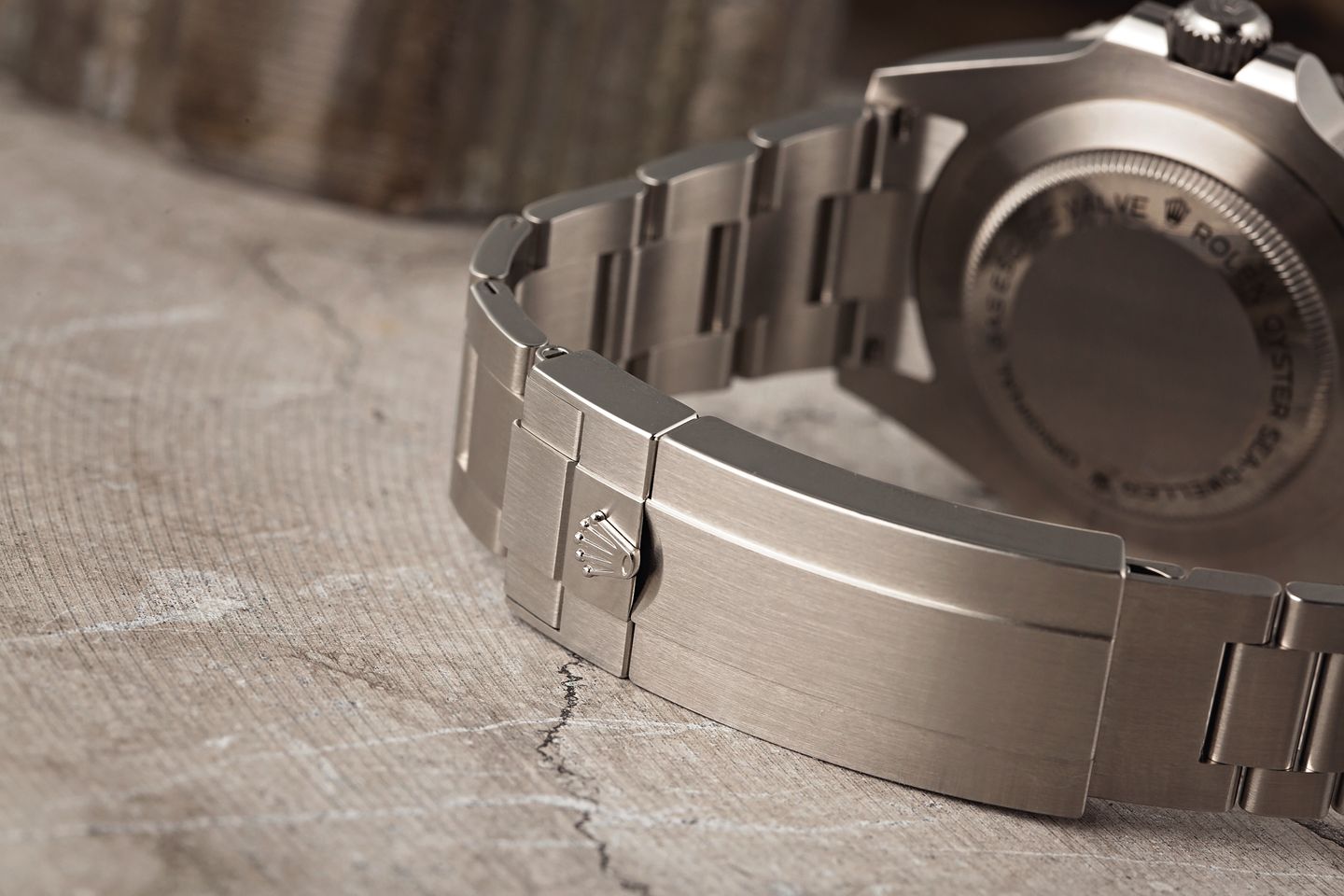
On the secondary market, the Omega Planet Ocean ref. 232.30.46.21.01.003 is a much more affordable option when compared to the Rolex Sea-Dweller ref. 126600 – examples can be found for roughly a third of the price. However, it is important to point out that the Planet Ocean typically experiences some depreciation on the secondary market, while the Sea-Dweller retains its value remarkably well, and even sells above retail prices due to limited availability.
The Omega Planet Ocean and the Rolex Sea-Dweller are both fantastic high-end dive watches from two of the leading luxury watch brands in the world. There’s simply no wrong choice here.
